*The opinions expressed within the content are solely the author’s and do not reflect the website’s or its affiliates’ opinions and beliefs.
For almost 20 years, YouTube has become one of the largest social media and online video-sharing platforms. With over 3.9 billion videos on the platform, it can feel like there is infinite entertainment with vloggers, gamers and many more creators to look up to. At some point in time, it is a given that we have laughed over YouTube videos with friends and family. However, over time, YouTube has simply been lagging and is no longer the platform we remember it to be.
One of YouTube’s most criticized initiatives is its infamous YouTube Shorts. Created in September 2020, YouTube Shorts was a desperate attempt to mimic the short-form content provided by Instagram Reels and TikTok. Known for its “brain rot” content like Skibidi Toilet, YouTube has not been able to build the same effective type of community that Instagram and TikTok have achieved. Described as a “virality machine,” TikTok’s community is built not only on enjoyable and engaging content but also on popular trending songs and dances. This diversity of content has skyrocketed in popularity and likeability compared to YouTube. Many YouTube users are in Generation Alpha and have tainted the platform with a flood of AI-generated content paired with niche interests and slang, such as calling people “Sigma.” This generational disconnect has made the platform unenjoyable for others, with over 85% of Gen Z using TikTok and Instagram Reels over YouTube Shorts.
Despite this, many still argue that YouTube’s standard videos are entertaining since the content is tailored to specific audiences and niches. Many feel that YouTube videos are easier to consume than standard television. Unfortunately, the YouTube experience has recently declined due to a lower overall quality of videos. With many childhood favorites like MatPat, PewDiePie and many others retiring, the platform opened up to new creators claiming the spotlight, such as MrBeast, a YouTuber with over 330 million subscribers and over 65 billion views. Unfortunately, the next generation of YouTubers like MrBeast has proven to be highly profit-oriented, with the sole goal of manipulating the algorithm to optimize views, subscribers and revenue. This has resulted in YouTubers viewing their subscribers as mere numbers to optimize instead of real people to engage with. Over time, this mentality has created a platform that feels less genuine. In recent years, YouTube has become a platform where creators yell to increase viewer retention, edit with flashy colors and use clickbait thumbnails for higher click rates.
Recently, creators have been using YouTube to promote merchandise and products, sparking significant controversy. Through almost every video, creators like MrBeast, Logan Paul, KSI and even Mark Rober seek to use every interaction and moment as a promotional tool for other products such as Crunch Labs or the infamous Lunchly. This has flooded the platform with countless products and songs ranging from Beast Burgers to Joyride to KSI’s song, “Thick of It.” While creators should still be free to pursue their passions and interests, many feel that their actions are tainting YouTube as a platform, causing every video to feel like an advertisement.
This disconnect between content creators and viewers has only grown in recent years, causing psychological issues. Harmful creators, such as pranksters promoting immoral activity, can significantly influence children who may see them as role models. By establishing close bonds with viewers, creators can cause parasocial relationships that create an artificial sense of authenticity. Google found that 40% of teens felt their favorite content creator understood them more than close friends. This shocking statistic exposes the danger that YouTube poses to users, especially teens who need real-world socialization with peers to grow and develop. Although viewers may feel genuine connections to the tightly knit communities built through YouTube, creators see their bond with viewers similar to that of a producer and consumer.
In every aspect, YouTube has lost its charm from the past. With money-hungry creators constantly promoting products and causing psychological challenges, YouTube is slowly failing and declining as a platform. Though we can never relive our cherished moments with beloved creators, the decline of YouTube is giving rise to other skyrocketing platforms, from Instagram to Netflix, as times inevitably change and the entertainment industry evolves.



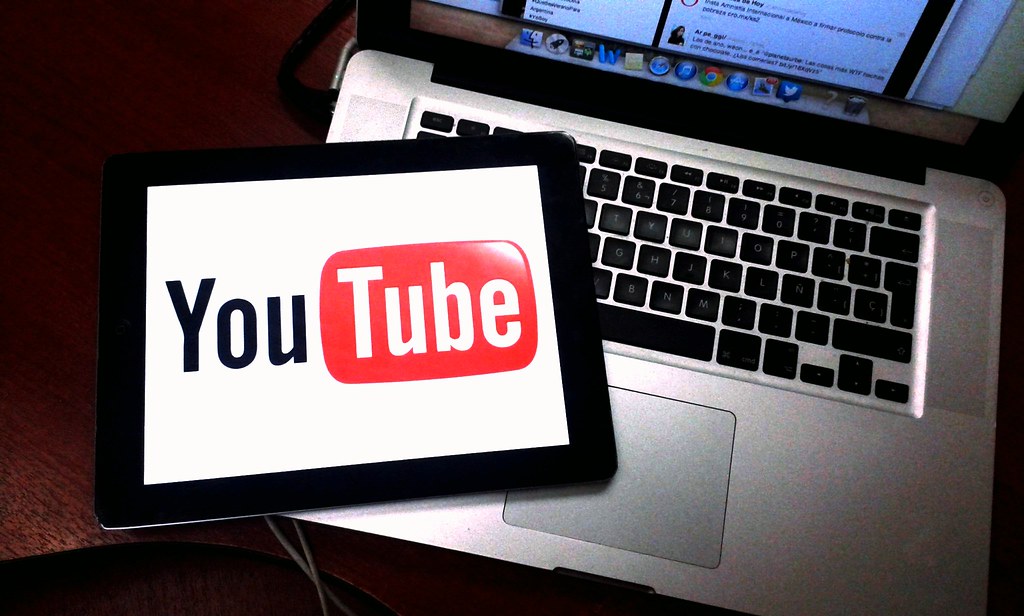
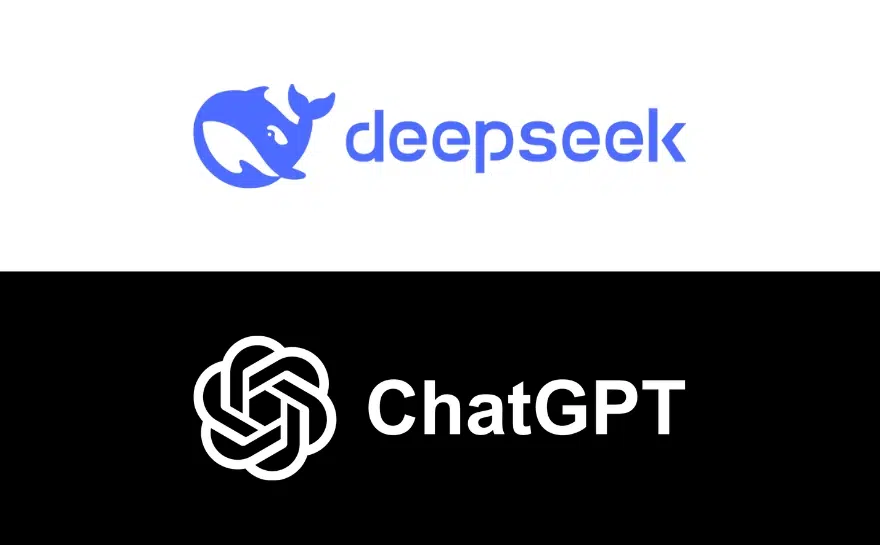
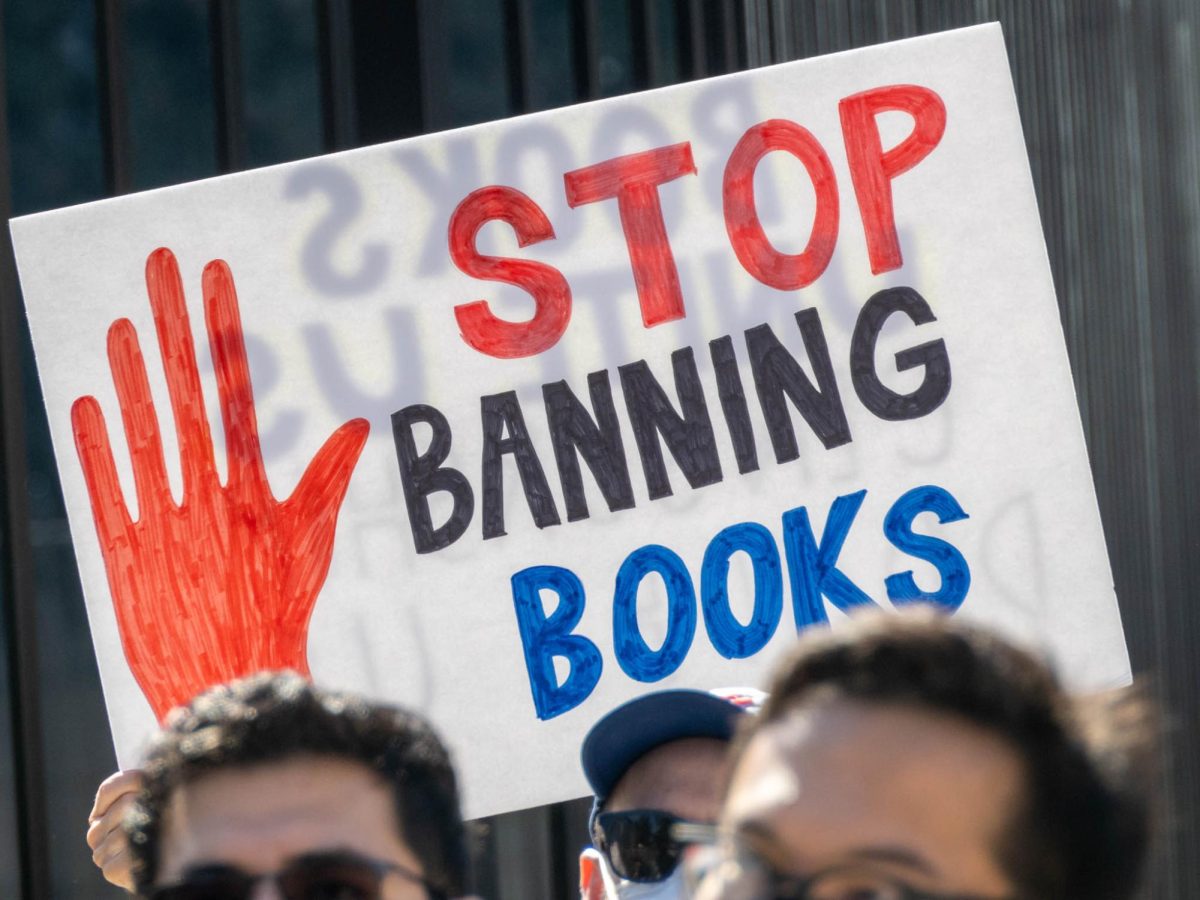


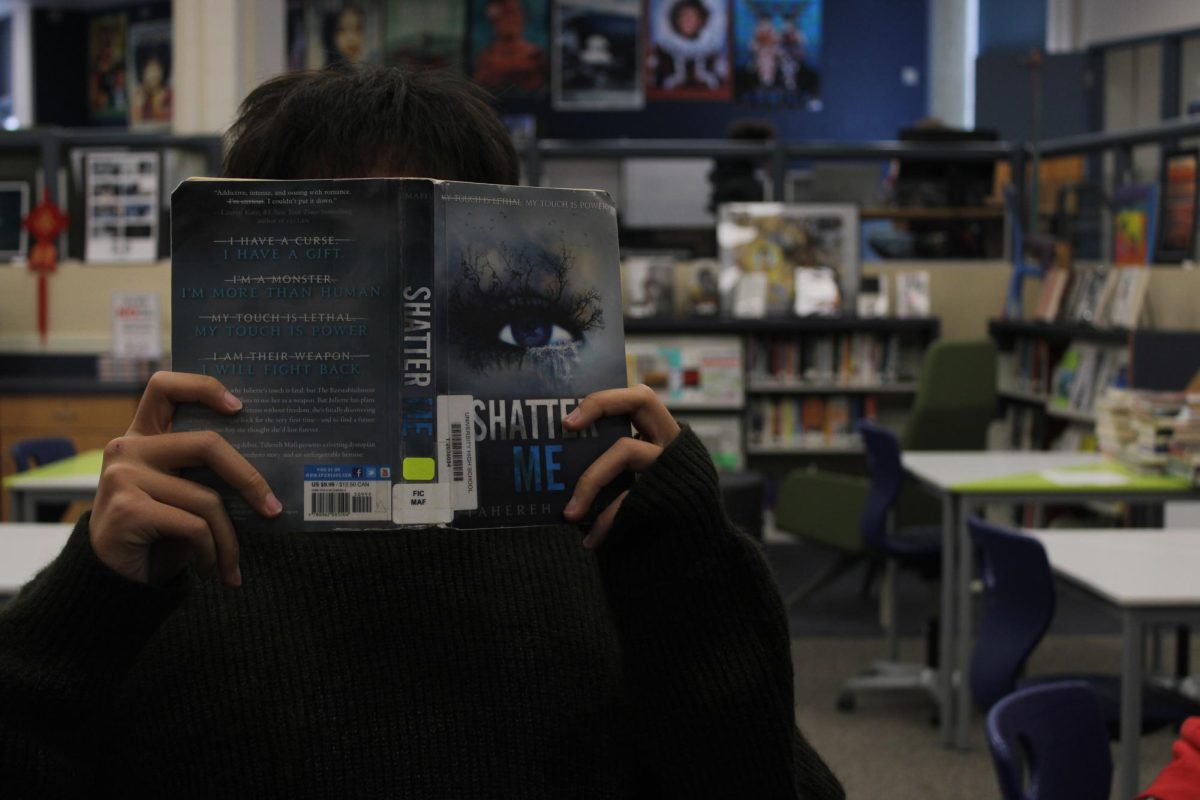
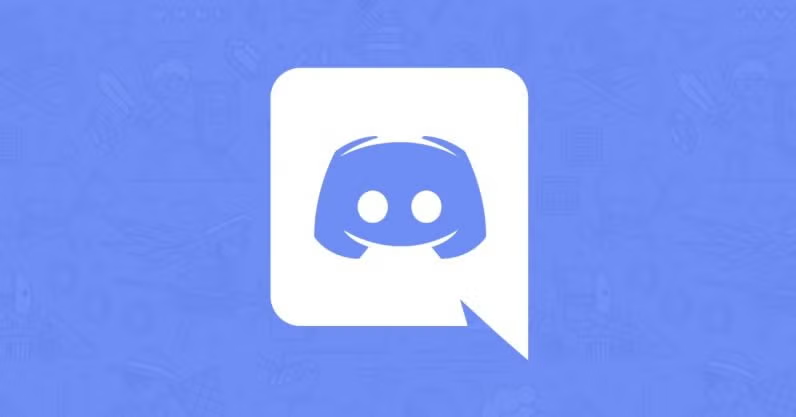

Xenxuan Wu • Jan 15, 2025 at 7:55 pm
I love this article, Ashvik. You are so talented.